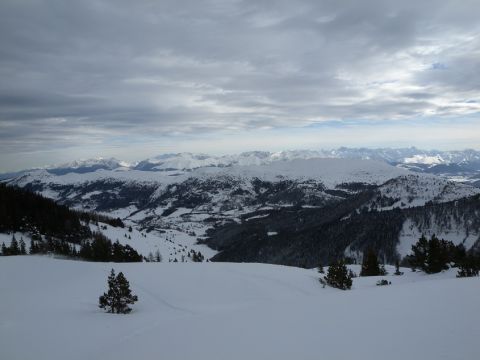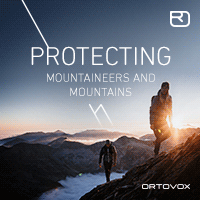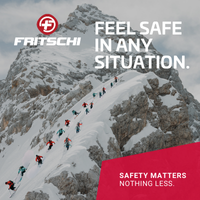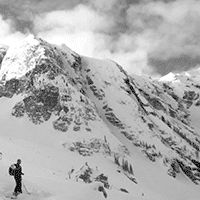Pierre Blanche, Vercors Mountains France
It’s been a while since I wrote about skiing in France, or anything about backcountry, but that’s because there hasn’t really been much to say. Europe has been experiencing an incredibly warm winter with very small amounts of snow. Even in January, which is typically one of the coldest months of the year, I have been sincerely shocked and appalled by the temperatures; a few weeks ago I cemented my image as the crazy Canadian on campus by wearing a t-shirt outside, but it was a sunny 17 degrees and I was sweating in my spring jacket. What’s a Canuck to do?
This past week we were finally blessed with some lovely fresh snow, and I seized the opportunity to get initiated into the French backcountry. It is an unusual year, and one that necessitates extra care. Due to the warm weather at the beginning of the season, the base layer of snow is similar to spring snow or corn snow. This is true even high in the mountains, as I discovered in late December when the trail I had intended to snowshoe (that is also frequented by skiers) was passable in summer hiking boots save the last 100m on the northern face. The round granules that formed are less than ideal because in positive temperatures it lacks cohesion, which explains why this past Saturday we met at the crack of dawn to make a quick track up before the afternoon sun could render the slopes treacherous.
Departing from La Gresse ski resort in the Vercors mountain range, we followed a well-tracked, moderately sloped path through coniferous forest until we rose above tree-line. The snow felt dense beneath my skis and despite feeling slightly robbed of a proper winter season, I was happy to be surrounded by the glittering white. From there we zigzagged our way up two couloirs, the last of which was already wind-blown with a firm crust. We ascended to a col then traversed a narrow ridge to a second depression before climbing to our final destination, Pierre Blanche.
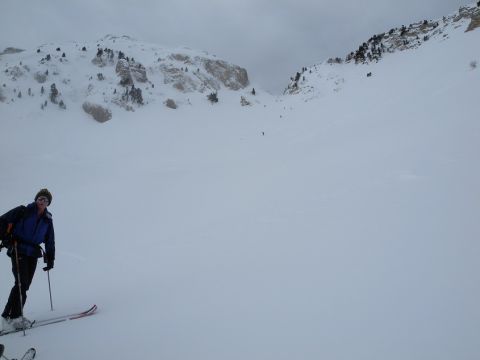
It had been windy below, however when we arrived at the top the wind picked up with a sudden vengeance hurdling chunks of crusty snow and threatening to snatch any wayward gear. If I was asked to describe the view, I would be unable to answer because even slightly raising my head seemed to be begging for a forceful face wash. We stripped off our skins, reassembled bindings, and took refuge on lower ground. In my haste I descended to the second col with my boots still in walk mode, a graceless if humorous endeavour that I would not recommend.
From there we slid down a steep, icy chute to an open expanse of heavy, untouched snow. I was acutely aware of the remnants of avalanches on both sides, and the degree to which the snow had compacted. As we continued down into the forest the density seemed to increase, meaning the dip of a ski tip below the surface was often followed by some knee-kissing or a full out bail. While it pains me to abandon technique in favour of practicality, a backseat body position appeared to be in order.
The 900 meters of elevation seemed to disappear before my eyes, and in what felt like mere minutes we were back at the parking lot. Sometimes I find it deceiving how quickly I skip right down what has taken me much more time to climb, especially without the chance to redo a section. Nevertheless, I appreciate the beauty of skinning up the mountain via my own strength, breathing in the fresh air and the view, and the knowledge that the most of the fuel I consumed that day in the pursuit of skiing can be replenished by my quinoa salad. 